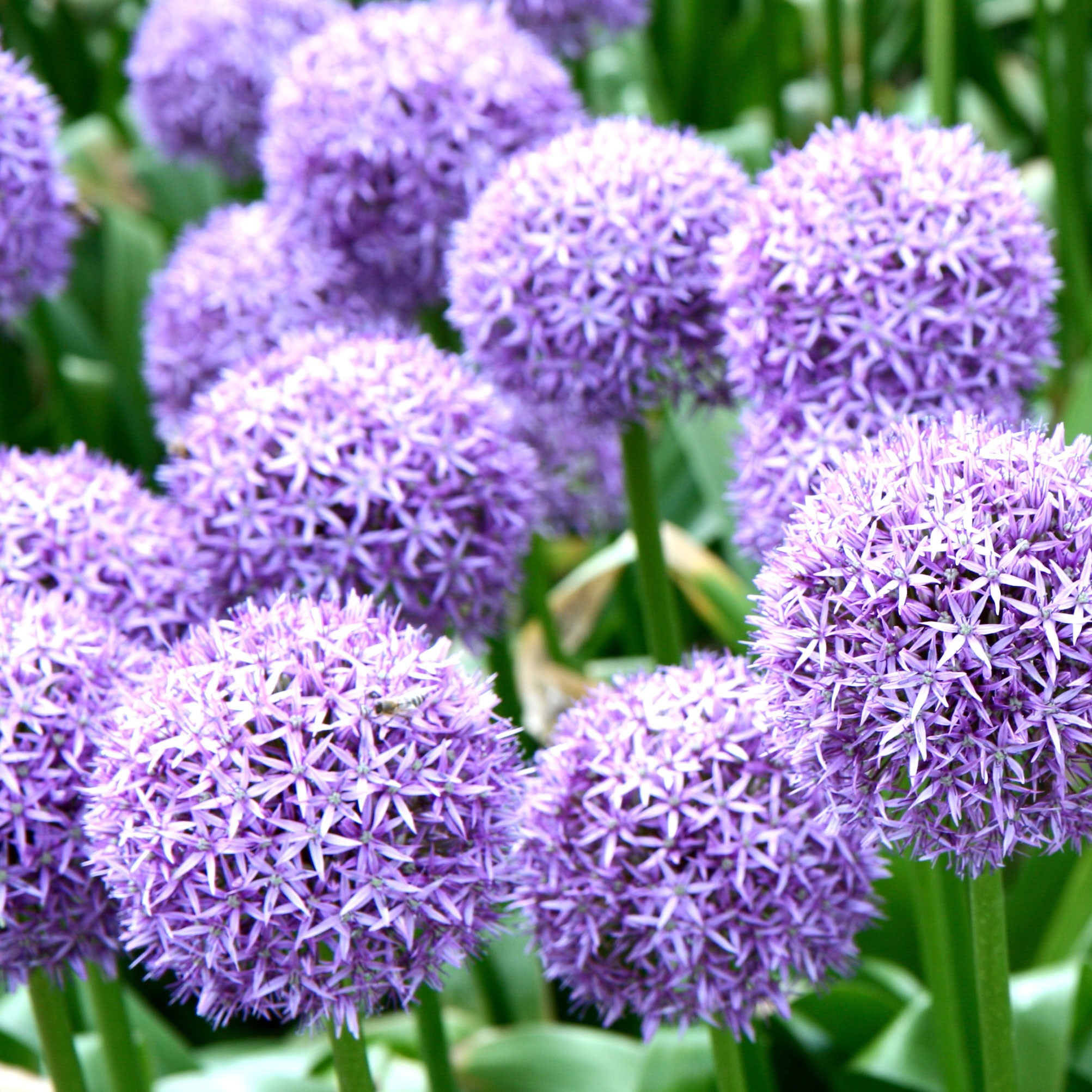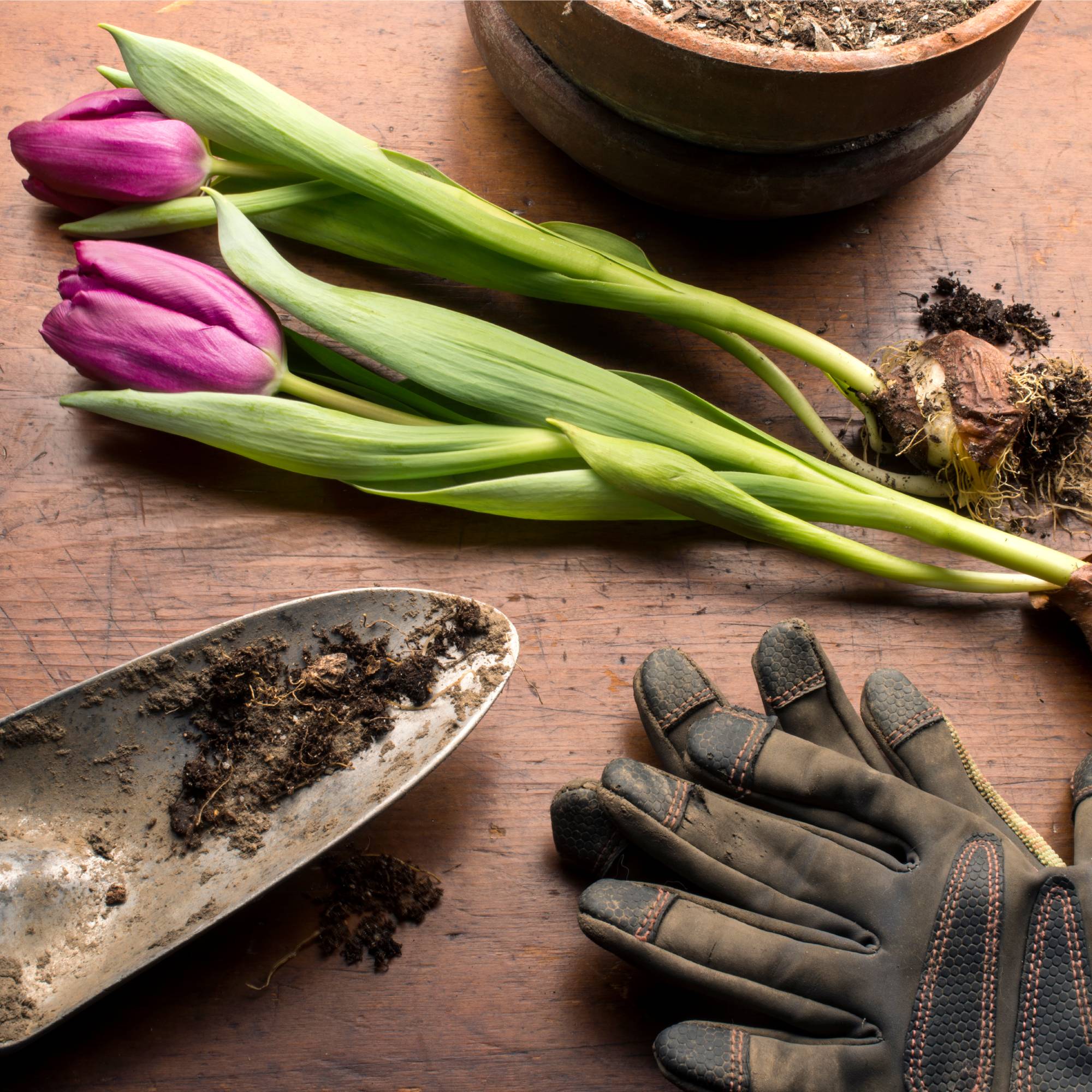Bulbs
Flower bulb gardens are a welcome addition, especially in spring as nature awakens from a long winter’s nap. With all the colors and types of bulbs available, gardeners should have no problem finding suitable plants to grow. Yet, it never hurts to get some gardening advice for bulbs along the way. While gardening with bulbs is easy, planting flower bulbs and caring for them can be intimidating to new gardeners, so here you will find tips on growing flower bulb gardens, from planting flower bulbs to their care and how to store them over winter.
Explore Bulbs
-
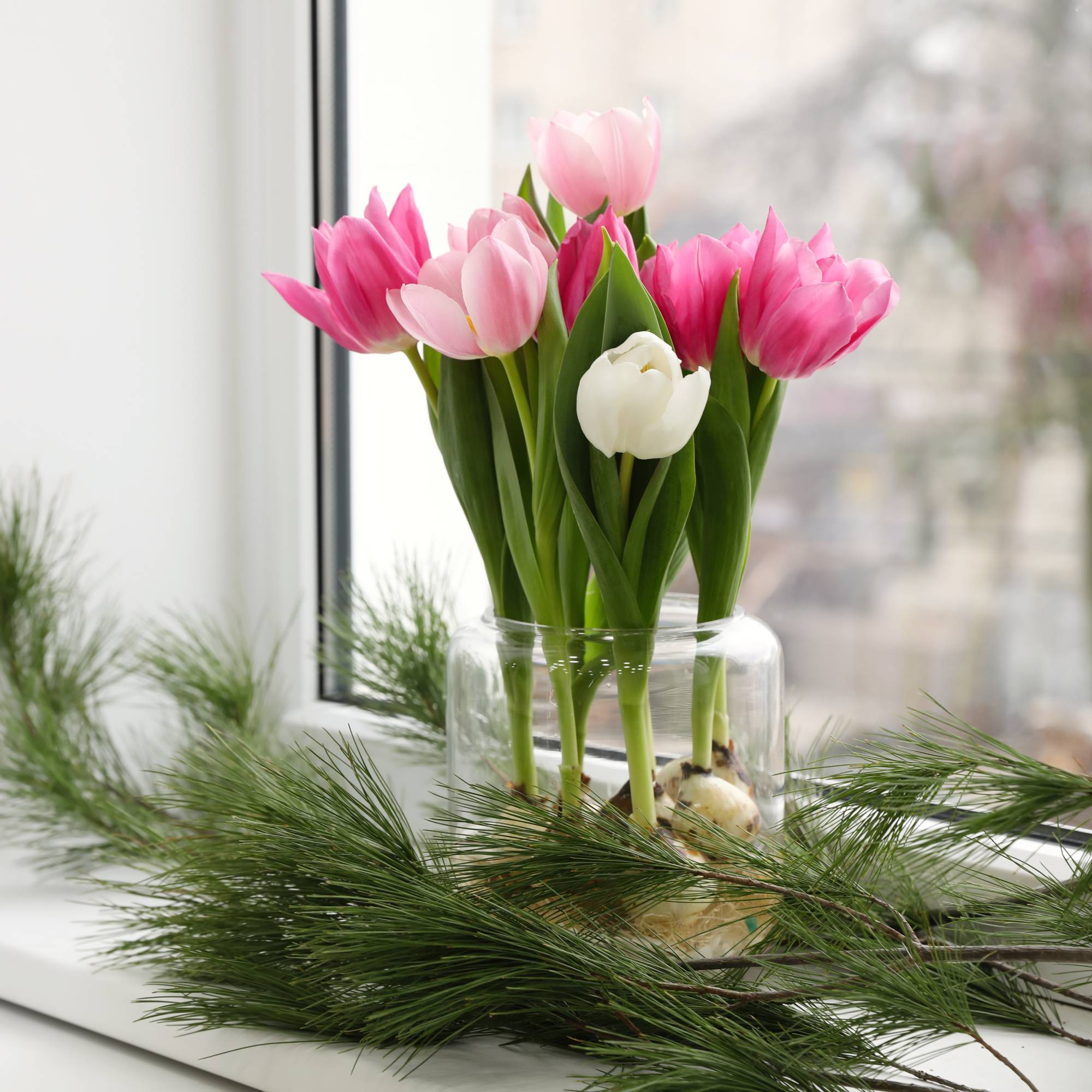
Guide to Forcing Tulip Bulbs Indoors for Spring Beauty in the Dead of Winter
Forcing tulips bulbs indoors is a great way to bring some brightness and life into you home in the winter months. Learn how to effectively force tulip bulbs.
By Tonya Barnett
-

King Charles III Grows this Exact Crocus in the Royal Gardens Each Spring, and I’m Stealing the Look for My Own Backyard
Fancy adding a royal flourish to your own garden? Then this is the spring bulb you need to plant this fall…
By Kayleigh Dray
-

Do You Really Have to Dig Up Bulbs for Winter? 3 Easy Ways to Overwinter Them
Is the messy, traditional dig-and-store method worth the effort, or can you get away with one of these easy alternatives?
By Tyler Schuster
-
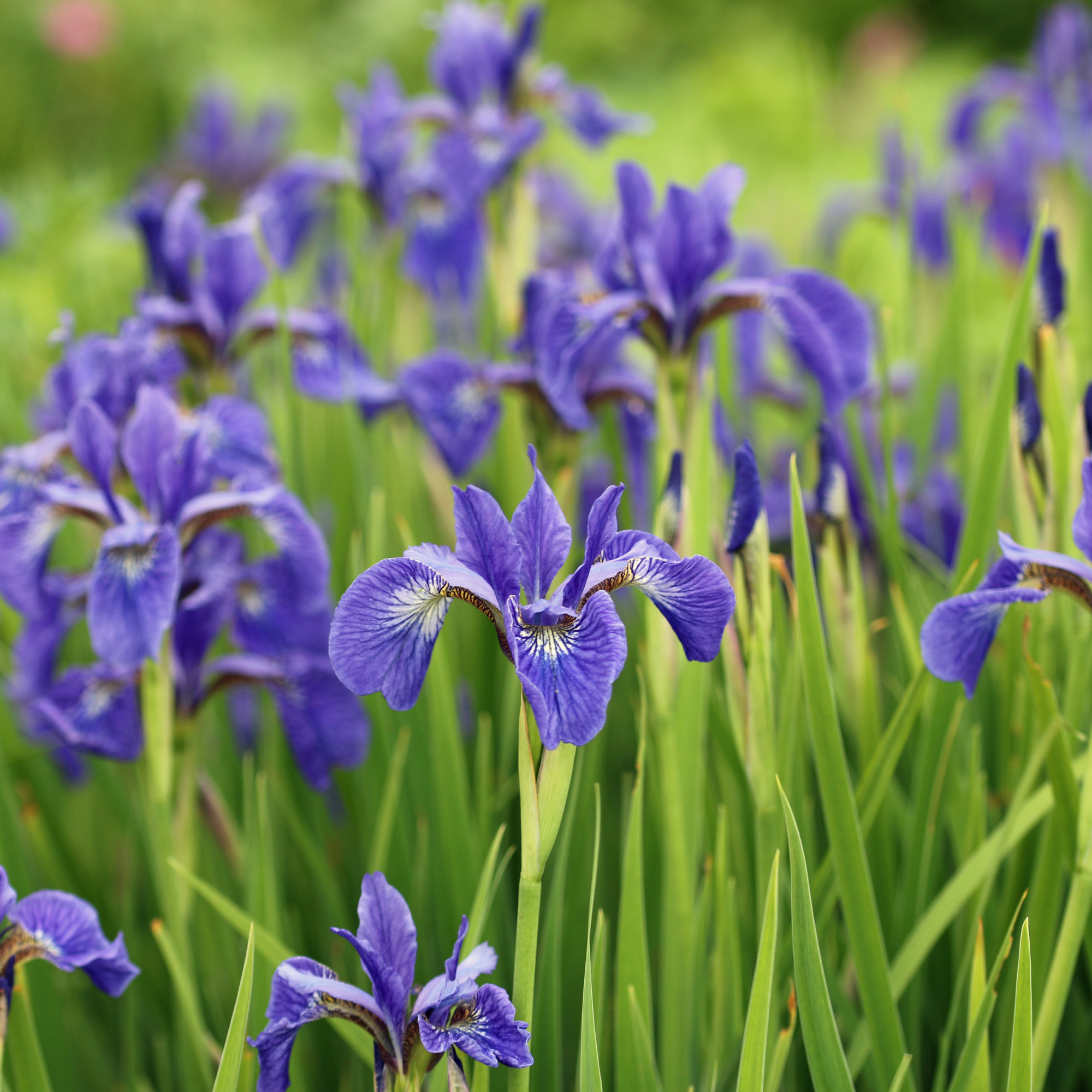
Iris Flower Care: A Complete Growing Guide for Your Most Beautiful Spring Blooms Ever
With so many types of irises out there, it can be hard to know exactly how to care for them. This guide breaks it all down for the most beautiful irises ever.
By Laura Walters
-
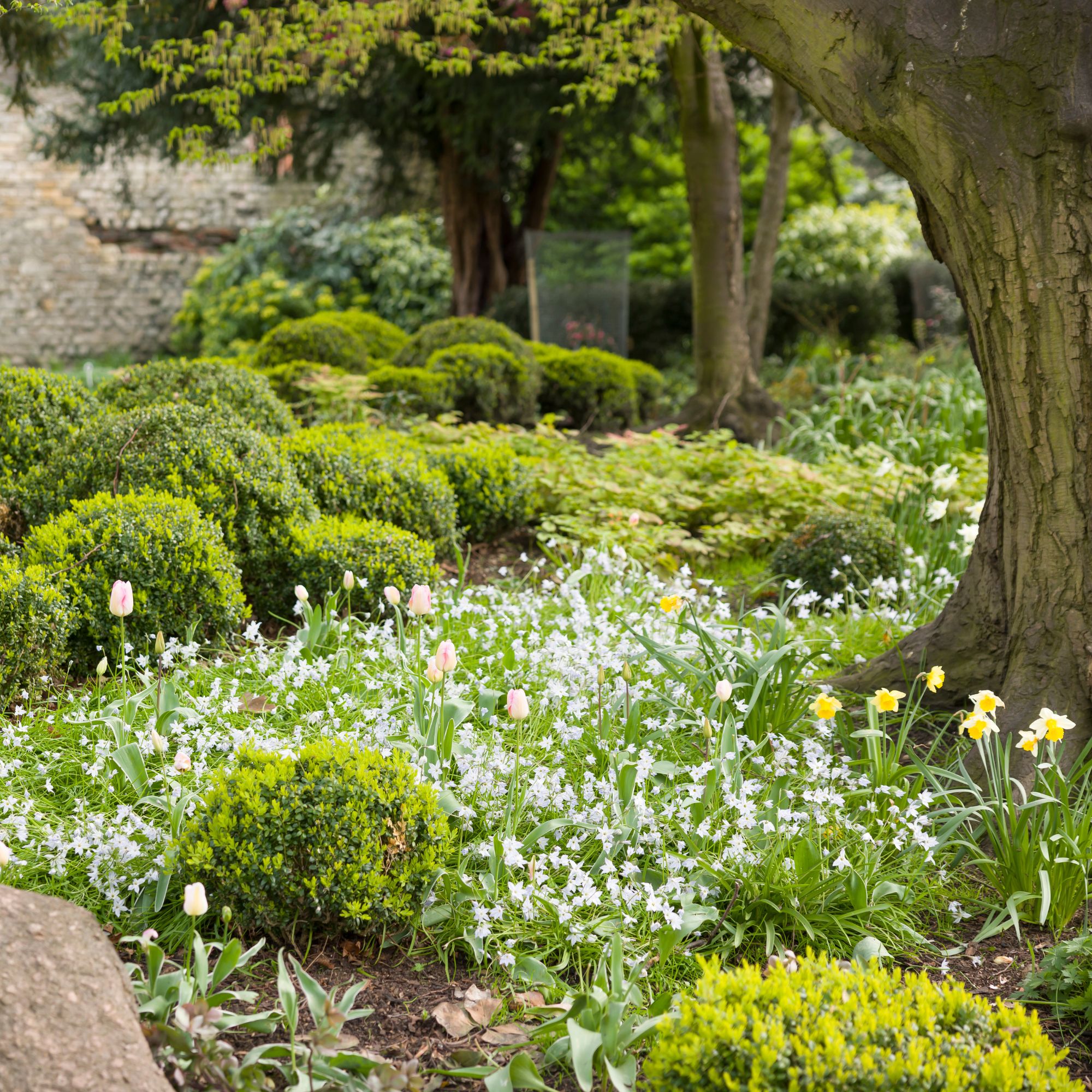
5 Invasive Bulbs to Avoid Planting in Your Garden This Fall – Plus One Unexpected Wildcard to Be Careful Of
‘Tis the season to plant bulbs in abundance, but be very careful about which ones you use…
By Kayleigh Dray
-
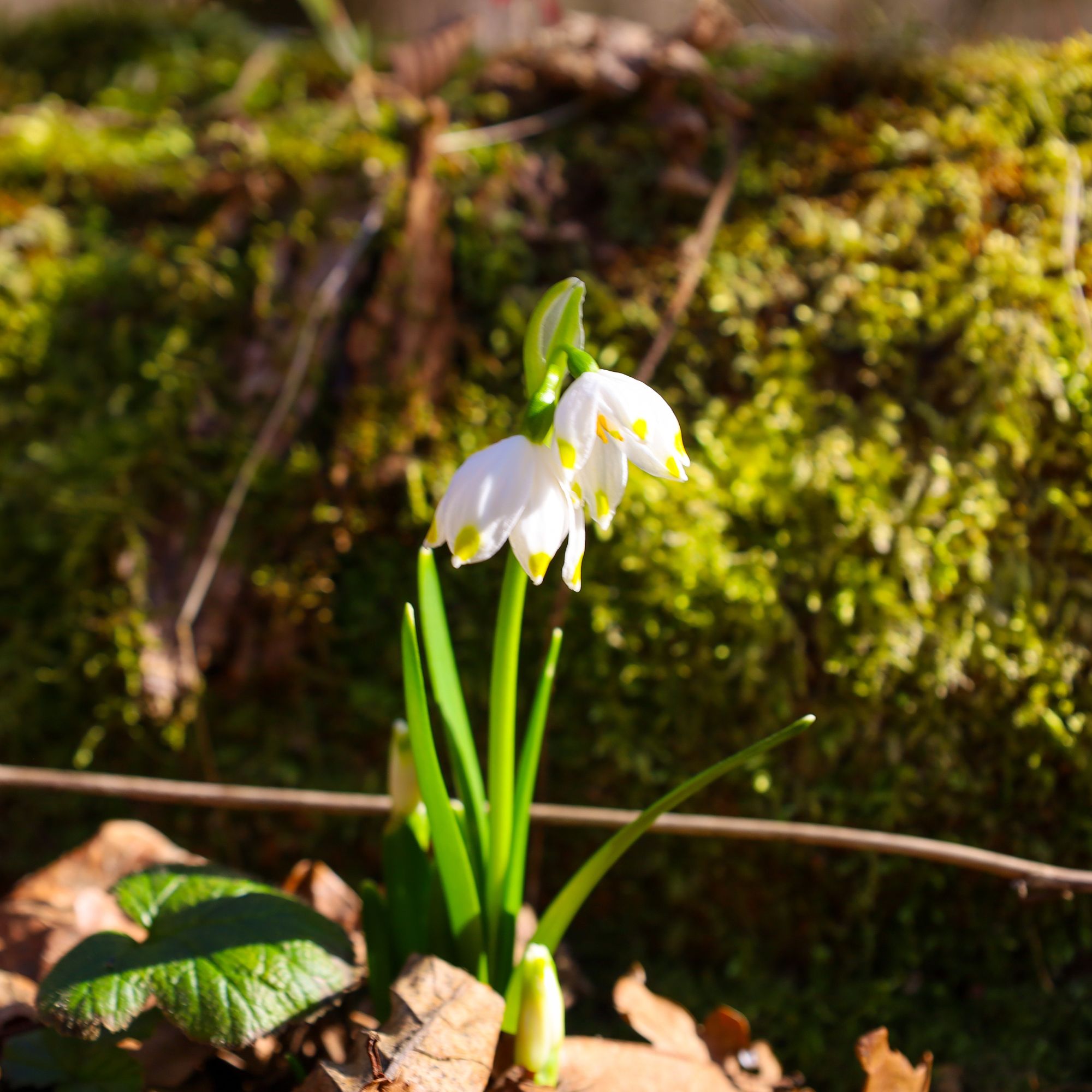
Forget Tulips! Plant These 7 Unusual Spring Bulbs Instead for a Truly Stunning Garden
Tulips are great and all, but if you want your garden to feel truly unique, it might be time to try something a little different…
By Kayleigh Dray
-
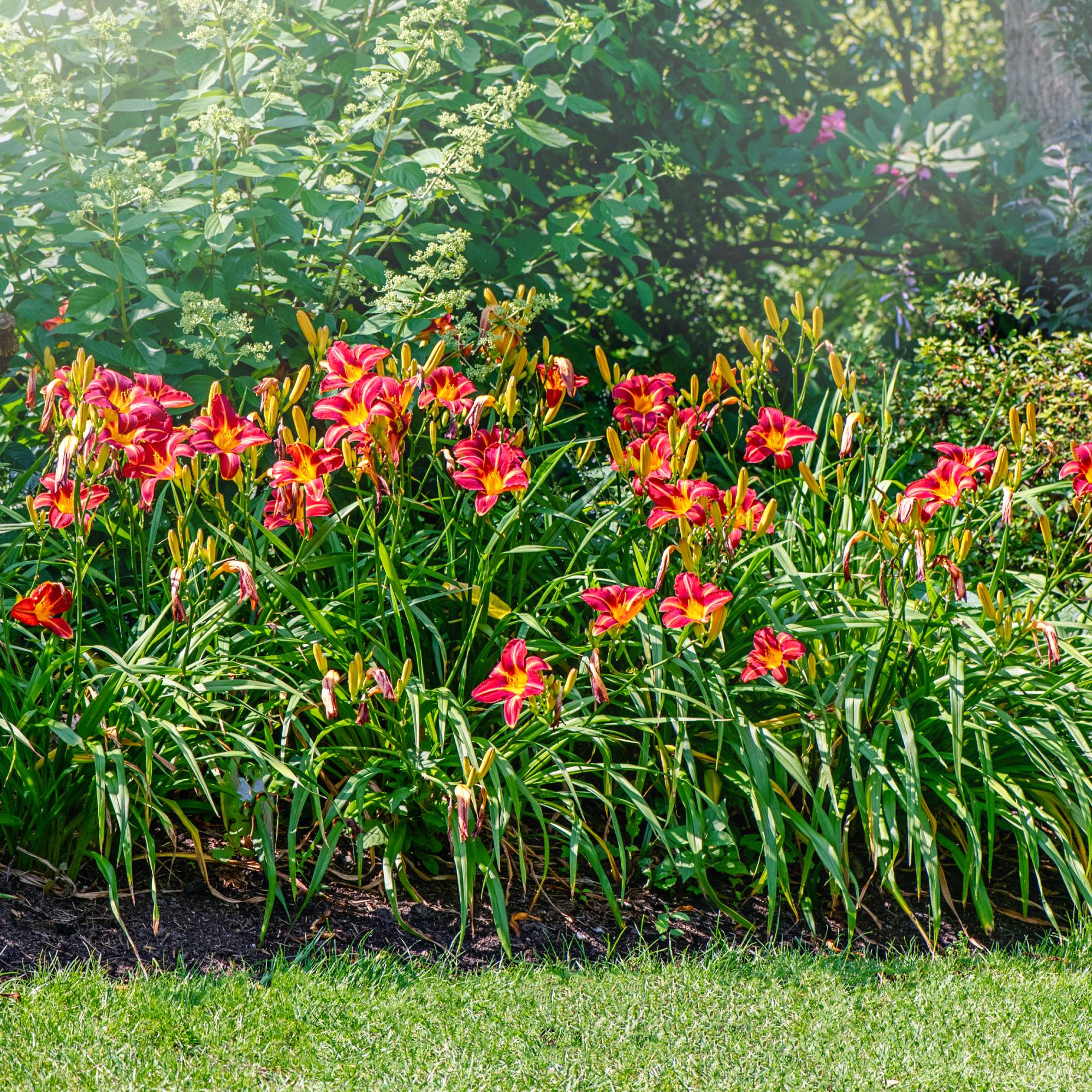
When and How to Cut Back Daylilies for Healthy Blooms Next Year – Expert Tips for Success
Learn when and how to cutback daylilies. Pruning daylilies properly will tidy up your garden while giving plants a boost to thrive next year.
By Tyler Schuster
-
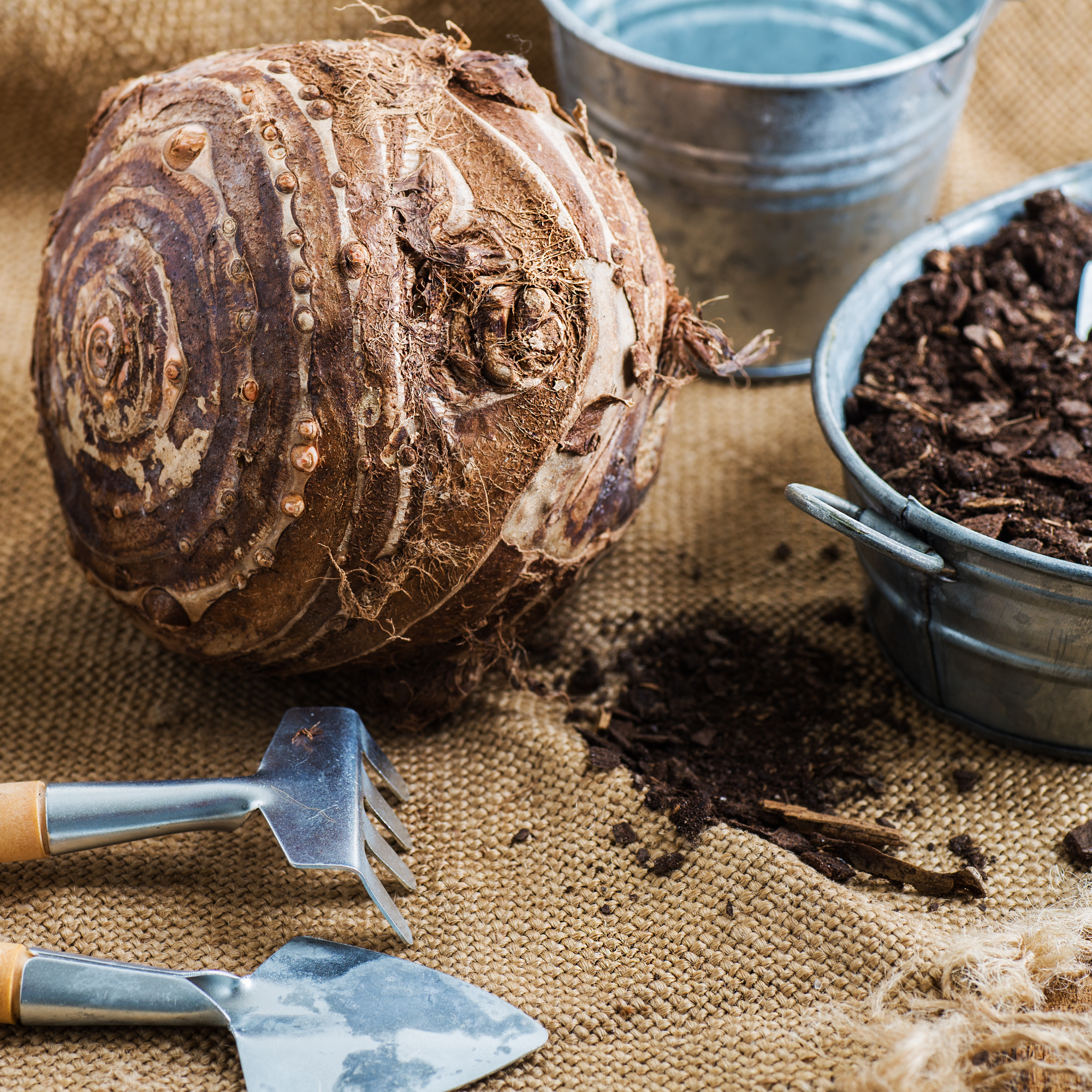
How to Store Elephant Ear Bulbs to Grow Again Next Year: A Step-by-Step Guide
Interested in learning how to store elephant ear bulbs over winter? Just follow these simple steps to save tubers for years of lush, tropical foliage.
By Amy Grant
-
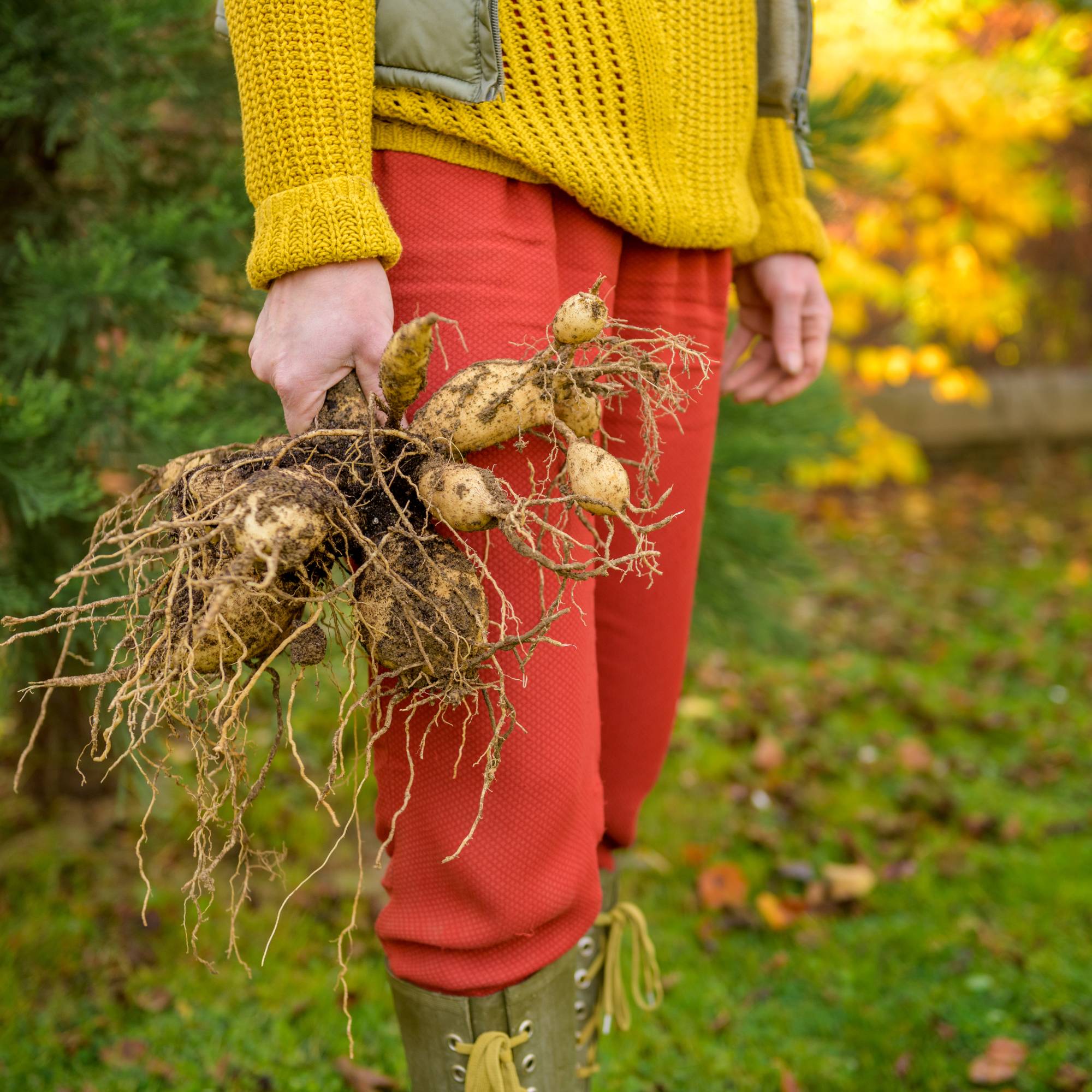
How to Store Bulbs Over Winter: Best Tips for Blooming Success Next Spring
Learn how to store bulbs over winter so you can have the best blooms next year. Follow these simple rules to ensure that you have success overwintering bulbs.
By Mary Ellen Ellis
-
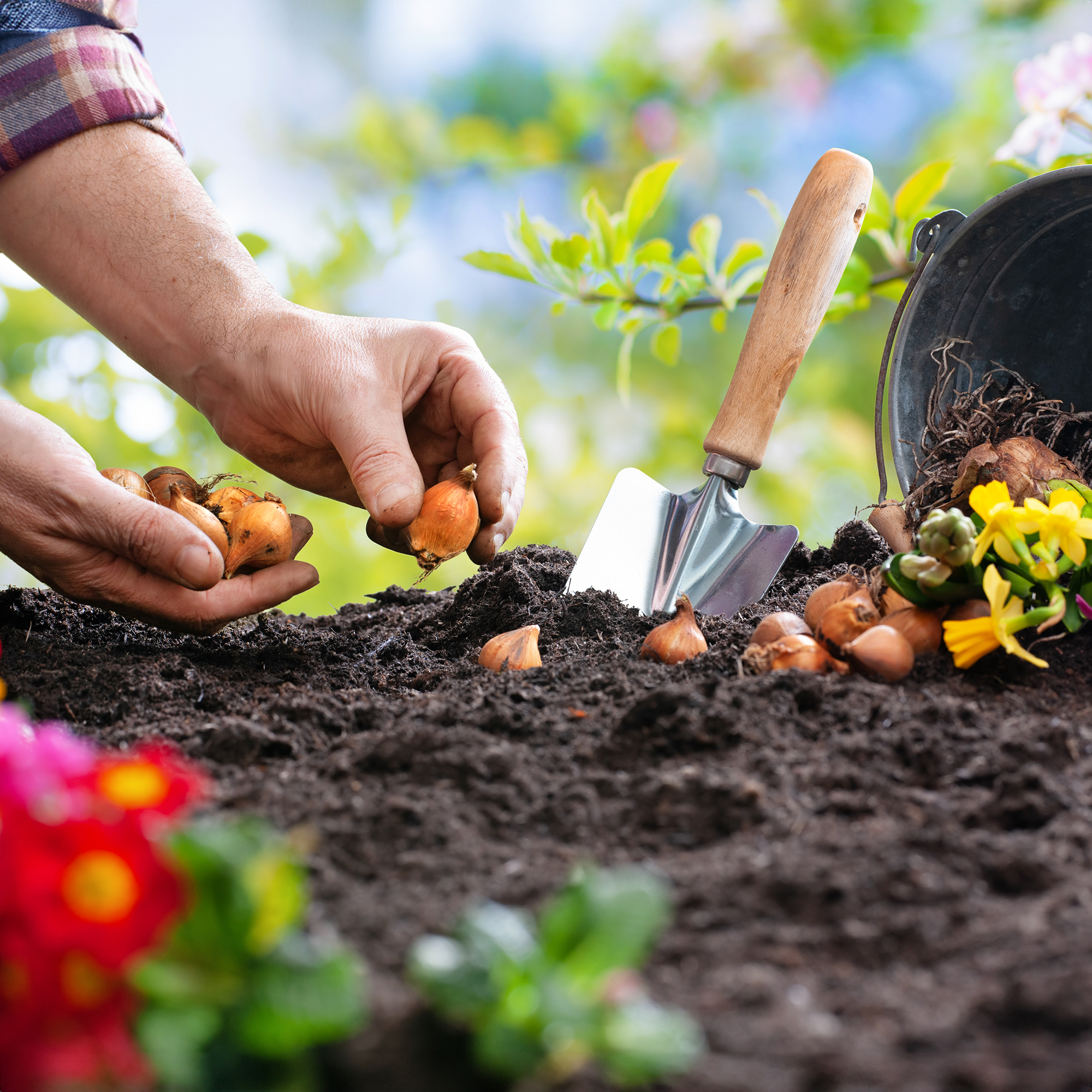
How to Plant Bulbs Like a Pro – for Brilliant Blooms in Every Season
Fill your garden with a succession of colorful blooms with our complete guide to planting spring, summer, and fall-flowering bulbs.
By Melanie Griffiths
-
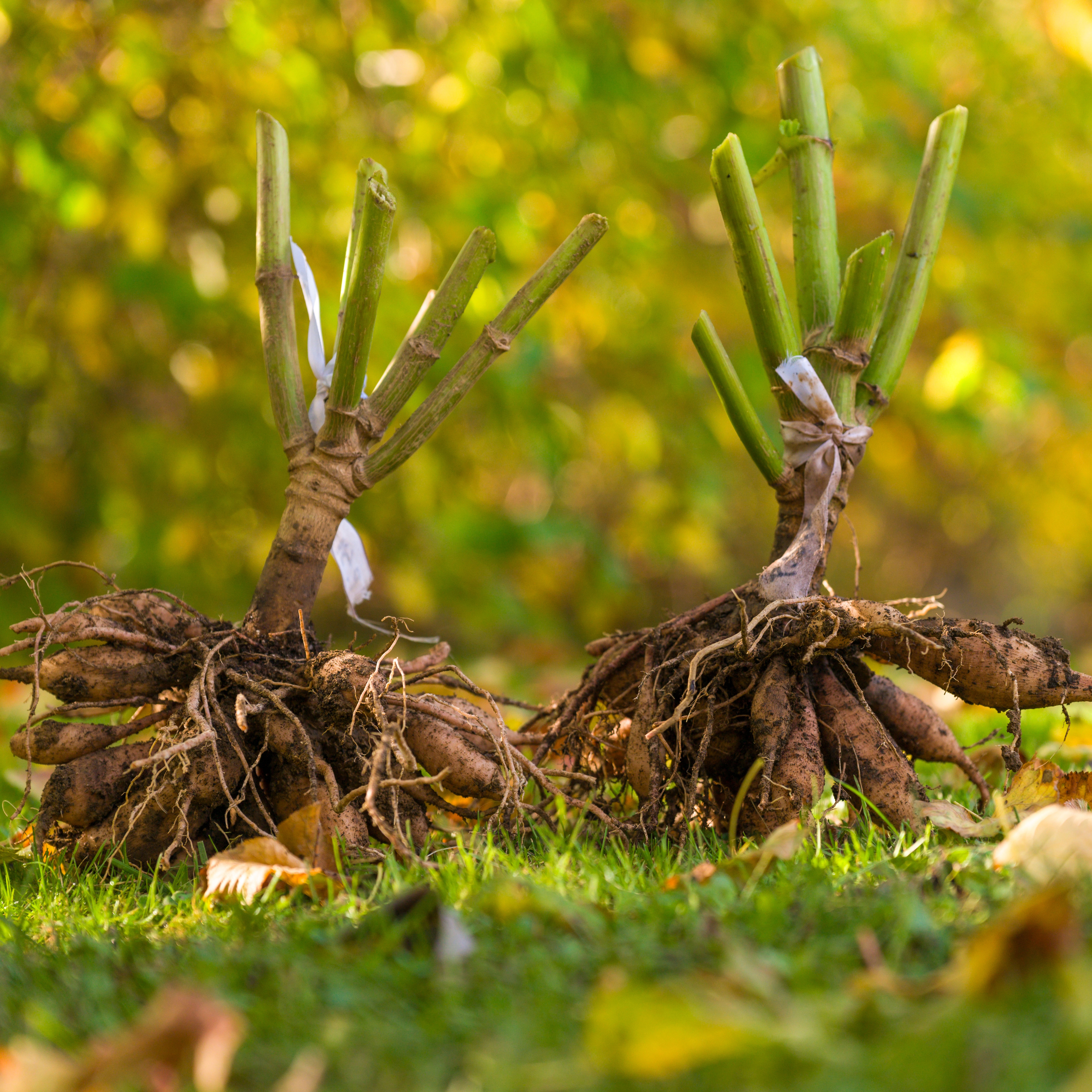
Dahlias: To Lift or Not to Lift? What You Do This Fall Shapes Next Year’s Blooms
To lift or not to lift, that is the question – and if you want to keep your favorite dahlia tubers in the best shape for next year, here’s how best to handle dahlias in the fall
By Mary Ellen Ellis
-
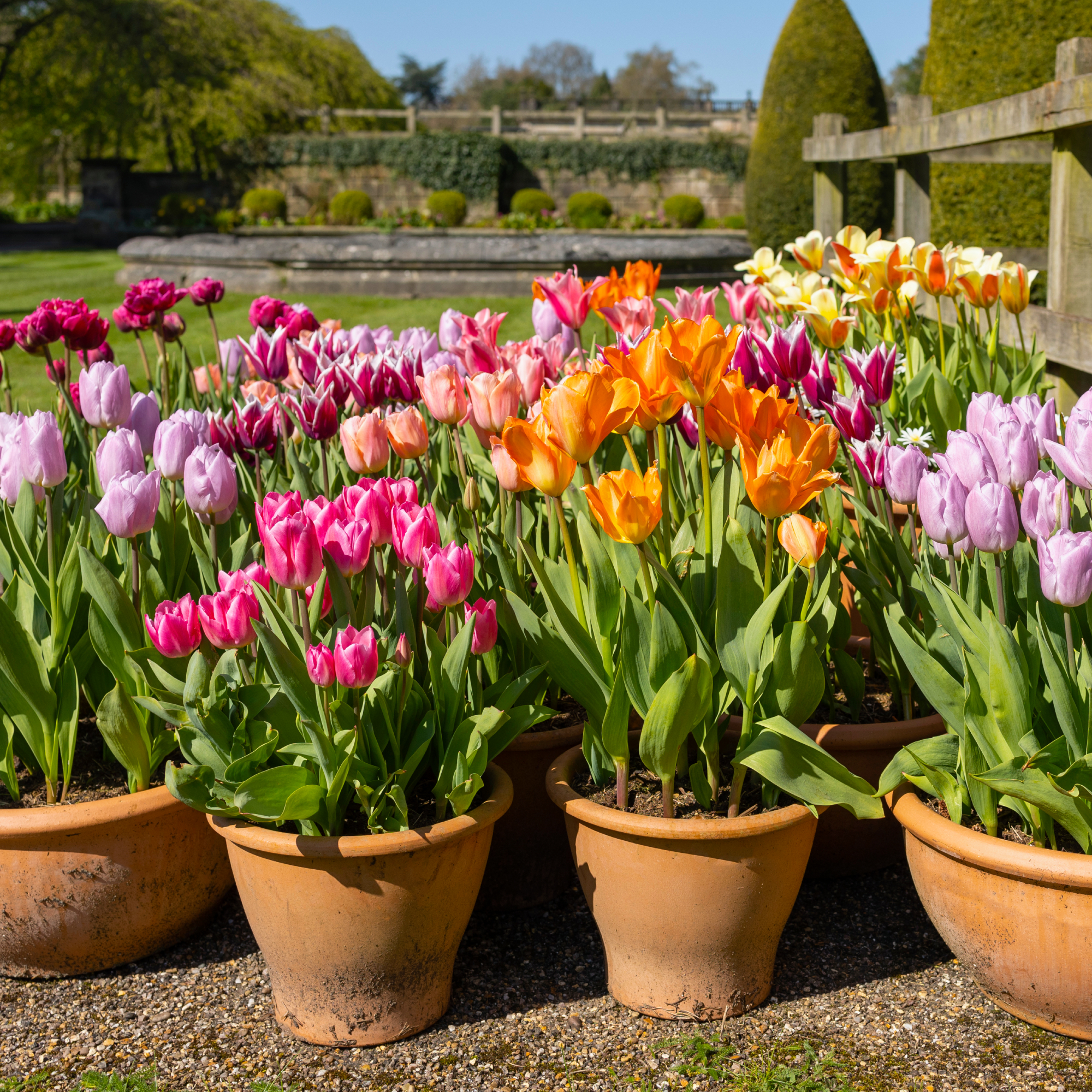
Fall Is the Perfect Time to Plant Tulips in Pots for Colorful Containers Next Spring – Here's How to Do It the Right Way
A spectacular spring display starts now! Planting tulips in pots over winter is a surefire way to make your porch sparkle come spring.
By Amy Grant
-

Don't Wait! You Can Have Indoor Hyacinths for Christmas if You Start Planning Now
Grow beautiful hyacinths for Christmas with these simple tips and add some extra cheer to your holidays. Start forcing your bulbs now for the best blooms.
By Mary Ellen Ellis
-
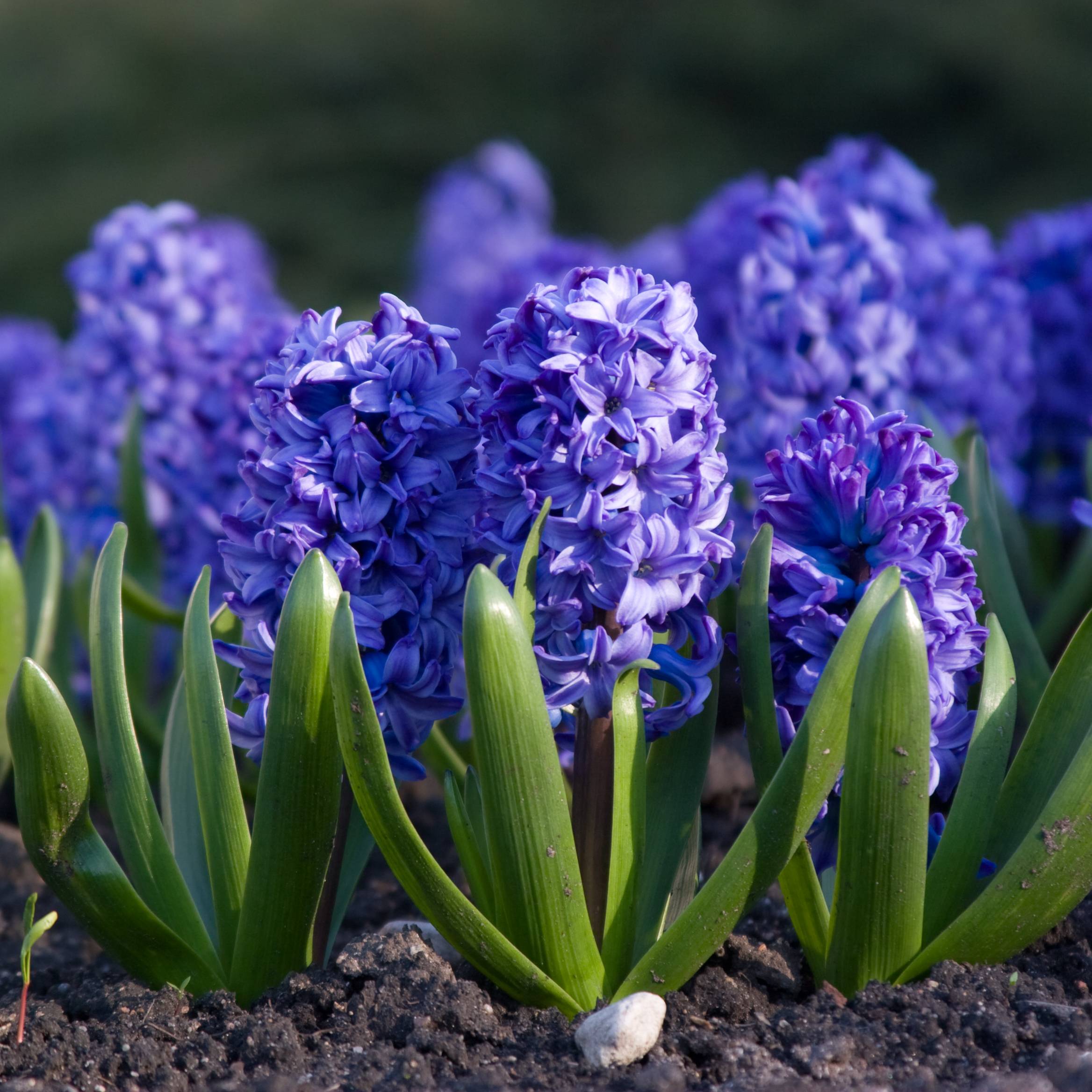
How to Care for Hyacinths: The Secret to Spectacular Spring Blooms
Plant bulbs, force flowers, and keep your hyacinths blooming with this comprehensive care guide.
By Liz Baessler
-
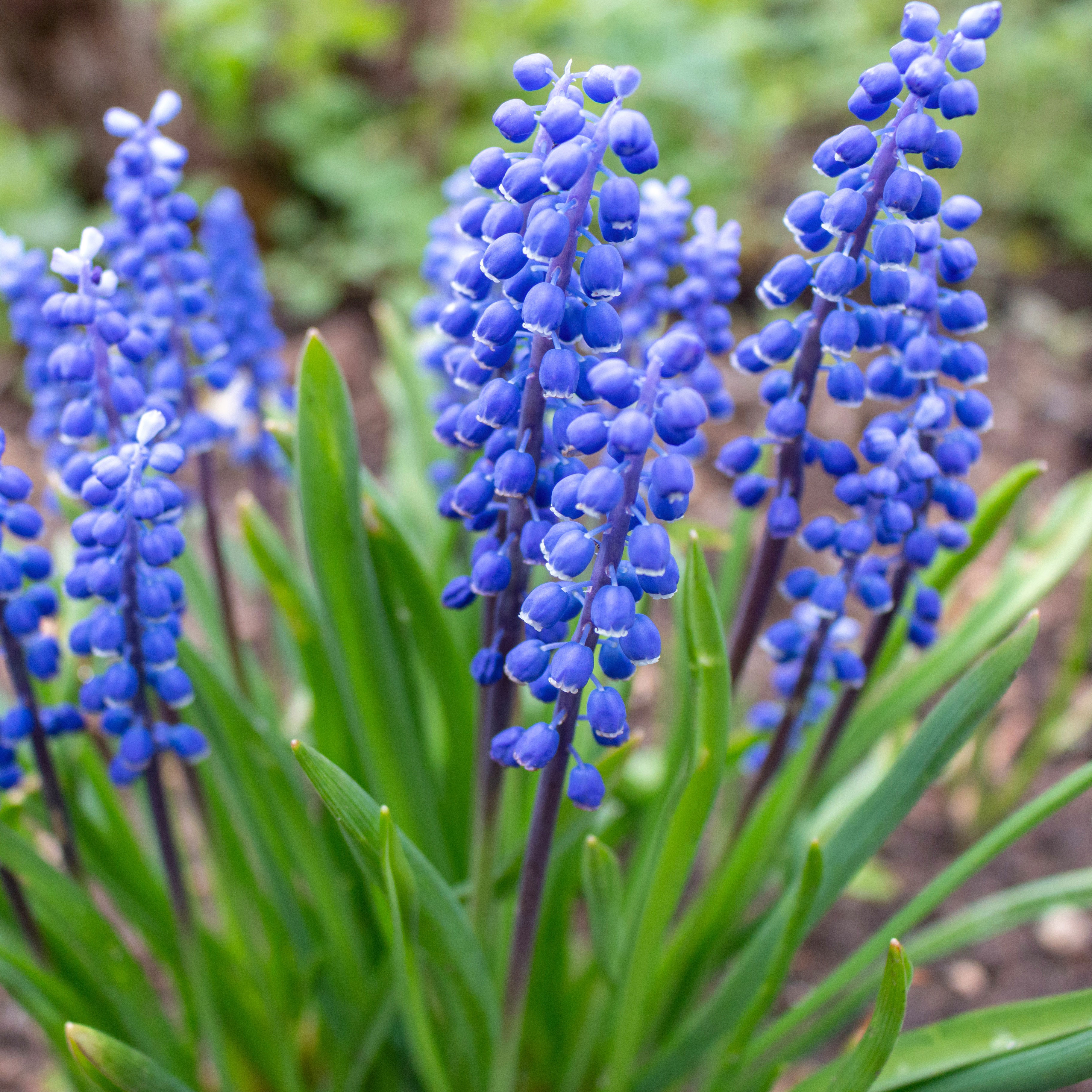
Muscari Seed Planting: Grow Grape Hyacinth Seeds for Spring Displays that Cost Less
Dreaming of a spring garden bursting with grape hyacinths? Muscari seeds offer a thrifty way to grow those cheery blooms. Here’s how to grow grape hyacinth seeds
By Tyler Schuster
-
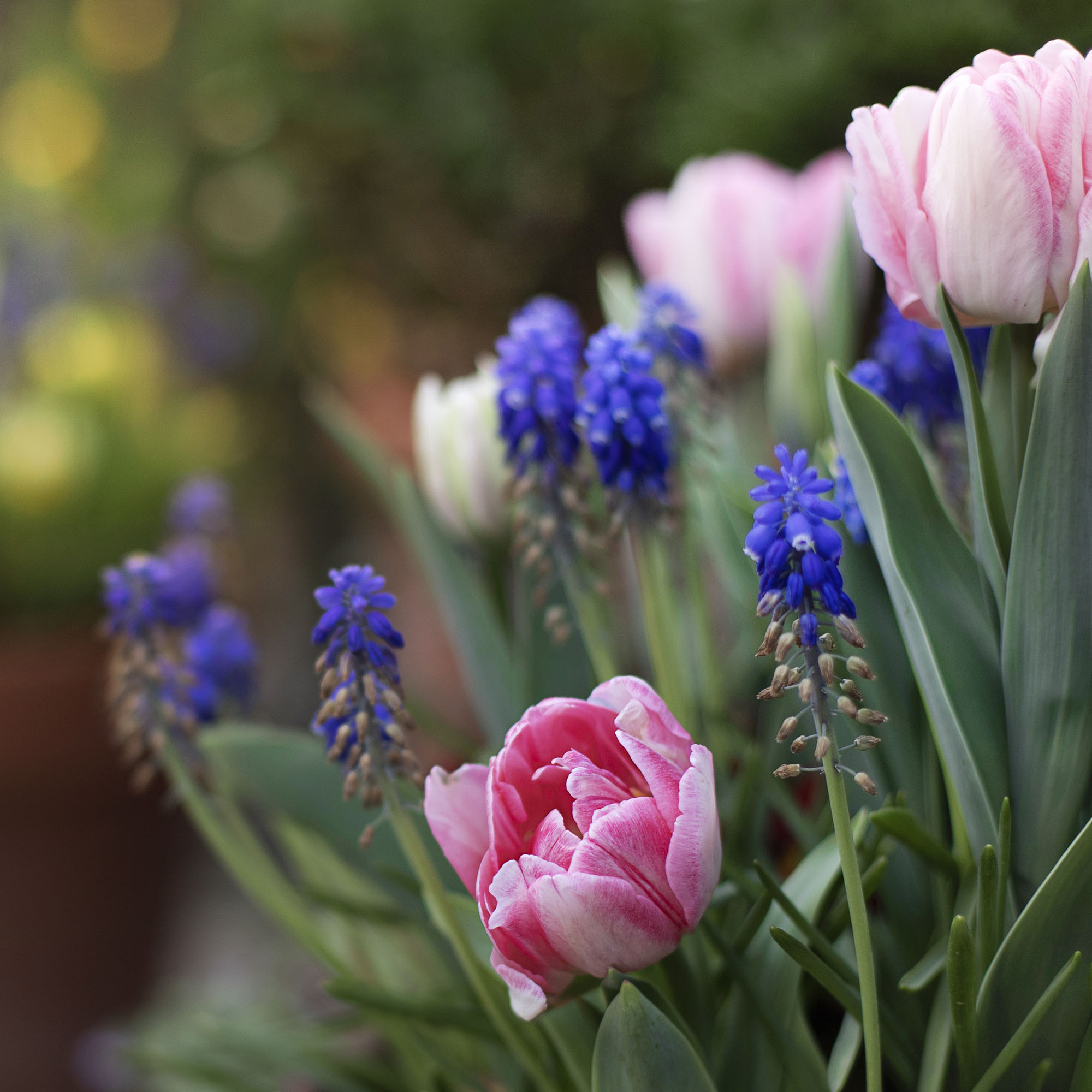
How to Plant a Bulb Trifle for Some Rachel Green-Inspired Magic Come Spring
All together now, Friends fans? You’re not supposed to put beef in the trifle!
By Kayleigh Dray
-
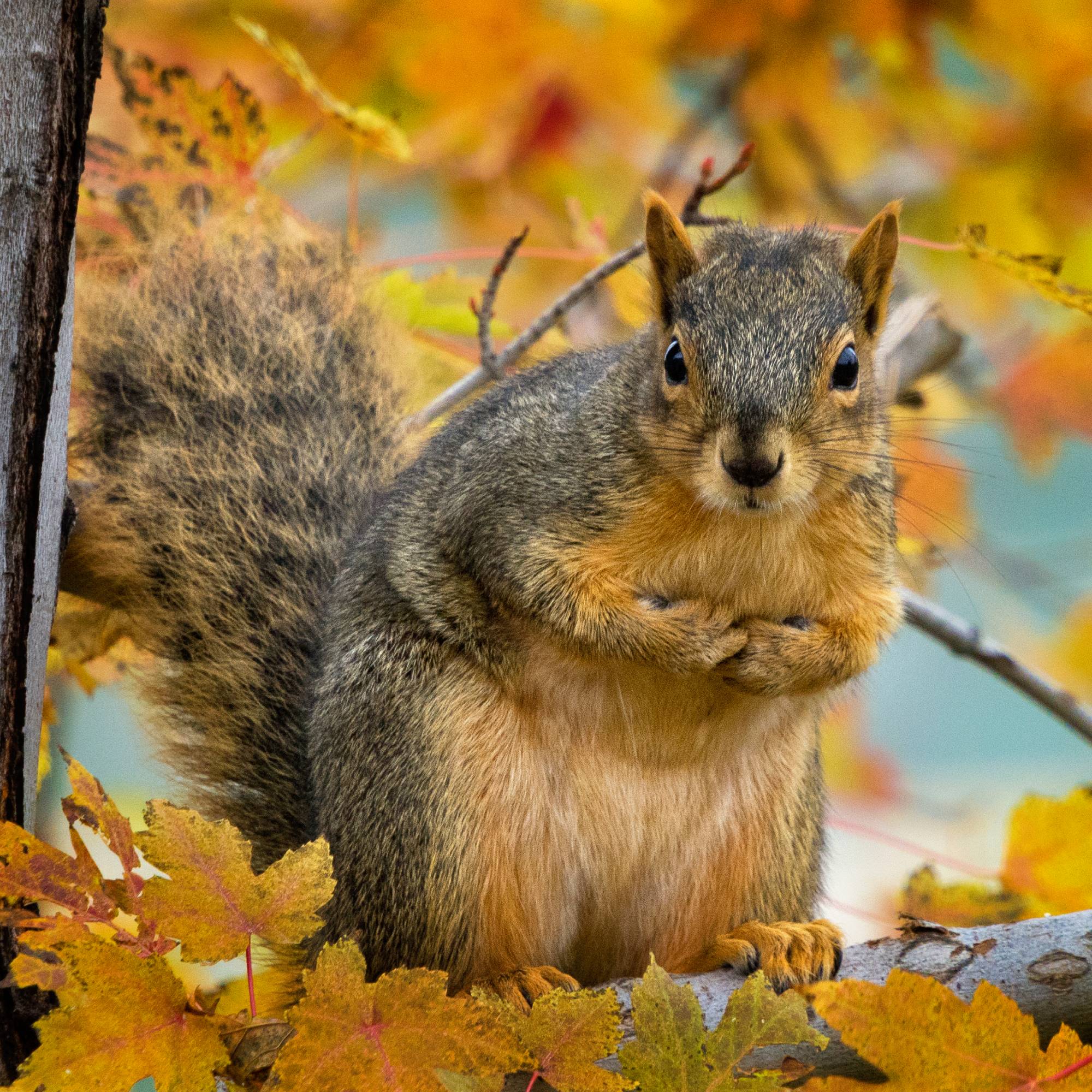
Plant These 8 Squirrel-Resistant Bulbs So Those Furry Rascals Leave Your Garden Alone
Squirrels making a mess of your bulb beds? These squirrel-resistant bulbs are tough nuts they won’t touch. Plant these for spring color without raiding rodents.
By Tyler Schuster
